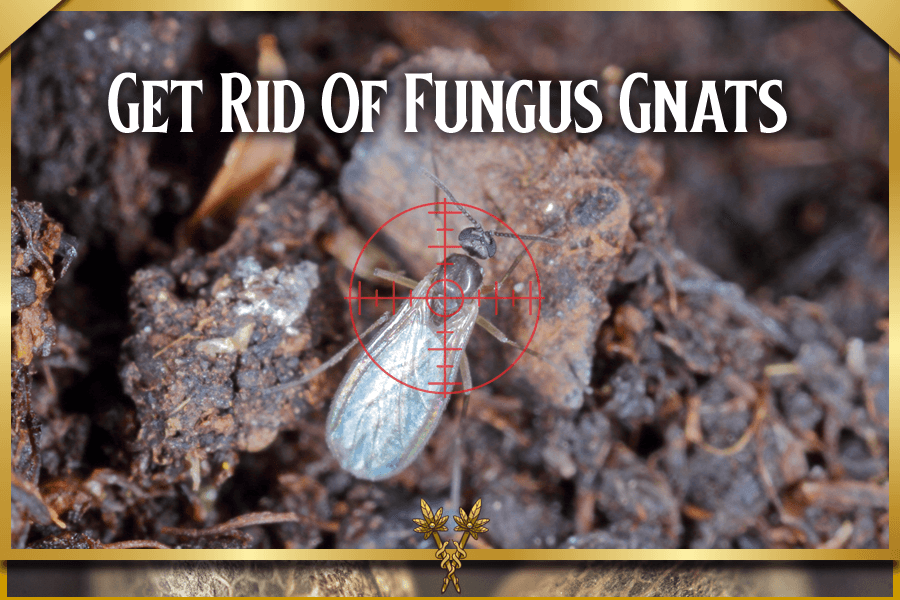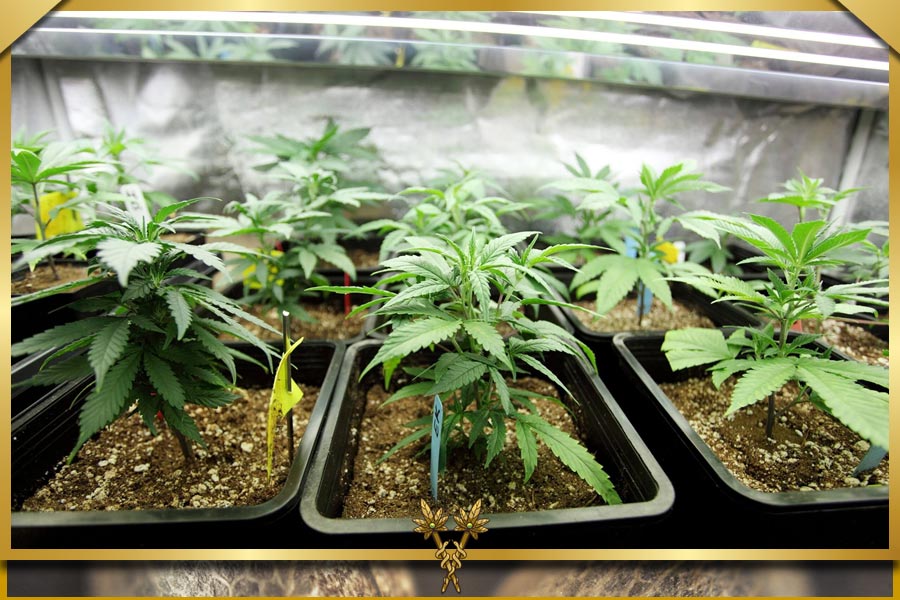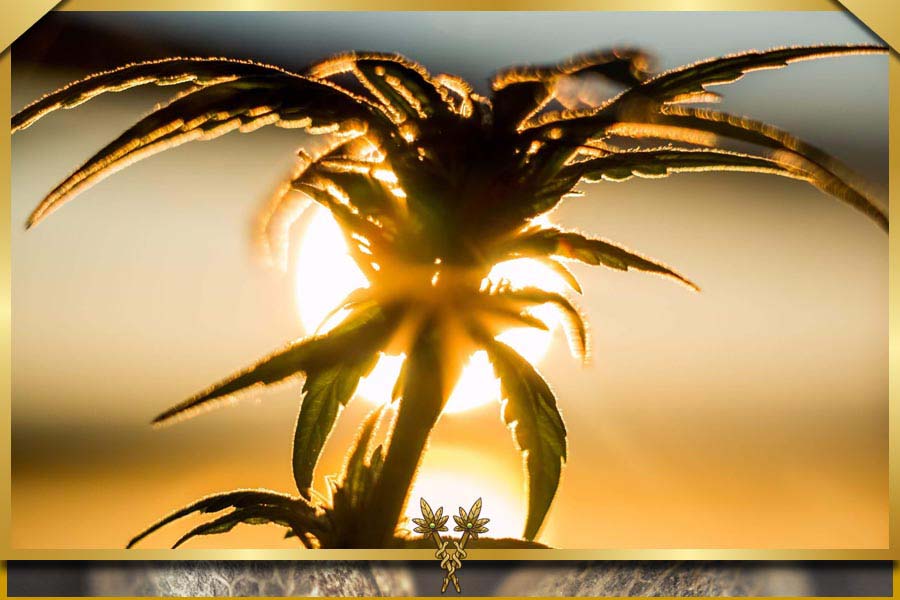Every grower has to have a basic understanding of the optimum water for cannabis plants. Success or failure may be determined by it. How you handle your source will affect the quality of your water.
80% of most plants, including cannabis, are made up of water, which is crucial for:
- Transporting dissolved nutrients and minerals throughout the plant.
- Supplying the hydrogen molecule needed to make the carbohydrates produced during photosynthesis.
- Cooling the plant while retaining structural integrity.
The optimal pH, temperature, and PPM range for cannabis are described in the following sections. To ensure you give your plant the best water available, we also examine the subtle differences between various water sources.
How to choose the best water for growing marijuana
Cannabis plants require different amounts of watering depending on their environment, growing medium, genetics, and grower preferences. Ensure your water has the correct pH, temperature, and PPM range for cannabis to prevent issues.
If you are growing with organic soil mixtures, you don’t need to worry as much about the PPM or EC. The microbes in the medium act as a buffer, preventing fluctuations.
Get a PPM metre to measure mineral content and be aware of what you’re putting into your plant. Hard water, for instance, can cause the soil to accumulate salt and prevent your plant from absorbing other minerals.
You can monitor the water level in the reservoir at any time when growing in a hydroponic system. We detail the elements you must consider when selecting the best water for cannabis plants below.
PPM of water for marijuana plants
Depending on where you live, PPM levels change. You might have more or less than is recommended. In contrast to city water, which has chemicals added to treat it, water from wells in rural areas typically contains natural minerals. To get good PPM for marijuana and help your crop avoid toxicities or deficiencies, measure and adjust your water, regardless of the source.
PPM stands for parts per million and measures the number of minerals or total dissolved solids in your water (TDS). One mg/l equals 1 PPM (1 milligramme of contaminant per litre of water).
People who live in cities see PPMs between 50 and 300 right out of the tap, and those who live in rural areas and use well water may see PPMs as high as 700, which is exceptionally high. A minor drawback of city water is the chlorine, which must be removed by letting the water sit outside for a day or two. Use air stones to hasten the evaporation of chlorine.
What should the cannabis PPM be? According to the table below, it changes throughout the growth cycle:
- Clones/ early veg = 500-600 PPM
- Late veg = 800-900 PPM
- Flowering = 1000-1100 PPM
The best PPM for cannabis plants can also vary depending on the strain, so if you’re experimenting with different genetics, pay attention to it. If your PPM reading is above the recommended range, run your water through a filtration system. If your water is too soft, take calcium and magnesium supplements.
A reverse osmosis system, which produces water with a PPM range of 0 to 10, is the best way to regulate the PPM range for cannabis. When necessary, add calcium and magnesium salts stripped from the water.
Electrical conductivity, or EC, is measured when adding nutrients to the water, similar to how PPM is measured when growing marijuana. Minerals improve the electrical conductivity of water. A liquid fertiliser conducts more electricity when more nutrients are in the water.
Using hard water for cannabis
Hard water, typically found in wells, can be used to water cannabis, but it typically contains a lot of heavy minerals and potential bacteria. Nutrient lockouts may result from high calcium and magnesium concentrations.
The minerals you need to filter out will determine which water filter is best for growing marijuana. If PPM levels are higher than those advised during each growth phase, filter the water; if lower, add cal-mag supplements.
In other words, you’ll probably get sick if your well water contains pathogens and bacteria, which are bad for plants.
Can soft water be used to water cannabis?
No. Cal-Mag should be added to soft water (70-125 PPM), which has low levels of calcium and magnesium, to irrigate marijuana plants. Municipalities “soften” it for home use because calcium significantly impacts flavour. Rainwater, treated, bottled, or distilled water for cannabis are soft water sources.
If you use heavily treated soft water, you must supplement it with beneficial bacteria and microbes.
Signs that your cannabis plants may have a water problem
Without the best water for marijuana, cannabis plants can’t grow to their full potential. Too much water drowns the plant, depriving the roots of oxygen, which eventually causes root rot or fungus. Surprisingly, the majority of people are above water rather than below.
Symptoms of cannabis under-watering include:
- Drooping leaves
- Because they don’t contain enough water, leaves appear papery and dry.
- Chronic underwatering causes nutrient deficiencies and yellowing leaves.
- Drooping, yellowed leaves and a slow growth rate are signs of overwatering. To speed up the pace of drainage in your soil, add perlite.
Four tips for providing cannabis plants with the best water
The best buds come from broadening our understanding of cannabis. Below are some additional suggestions for getting the best water for marijuana plants.
Automatic watering
Make sure your marijuana plants have the proper PPM for each growth stage. If you have a lot of plants to take care of, switch to automatic watering. Hand watering ten plants in a setup is impractical.
Watering cycles
The amount of water you apply at once, the size of your plant, the growth environment, and the strain will all affect how frequently you water. Other variables and factors include the medium you’re using.
You should hydrate the plant more if:
- Growing in a cocoa-like medium as opposed to soil
- Your grow space has low humidity, which causes your plant to dry out more quickly.
- Water only when necessary to prevent root rot.
Runoff water
Runoff is the term for the water that drips from your pot after you’ve watered your plants. With hydroponic systems, there is no runoff, so check the pH and PPM range for cannabis in the nutrient solution.
You might see some runoff if you use soil, peat moss, potting soil, or potting mix that isn’t entirely organic. Runoff testing can help determine if your medium contains too much fertiliser or if you have pH problems.
Data online about water quality
See if you can find any information about the water supply in your area online by searching.
The best kind of water
Starting with distilled or rainwater is easier than tap water, which might contain too many minerals or chemicals. Rainwater includes a lot of oxygen, and distilled water is toxin-free.
In summary, the energy behind nature is water. It depends on several factors which water is best for cannabis plants. To prevent nutrient problems, test the pH and PPM of your water and make the necessary adjustments.
Most rural areas receive hard water with high levels of natural minerals that require filtration. Lastly, remember that distilled water for cannabis offers a strong foundation.


